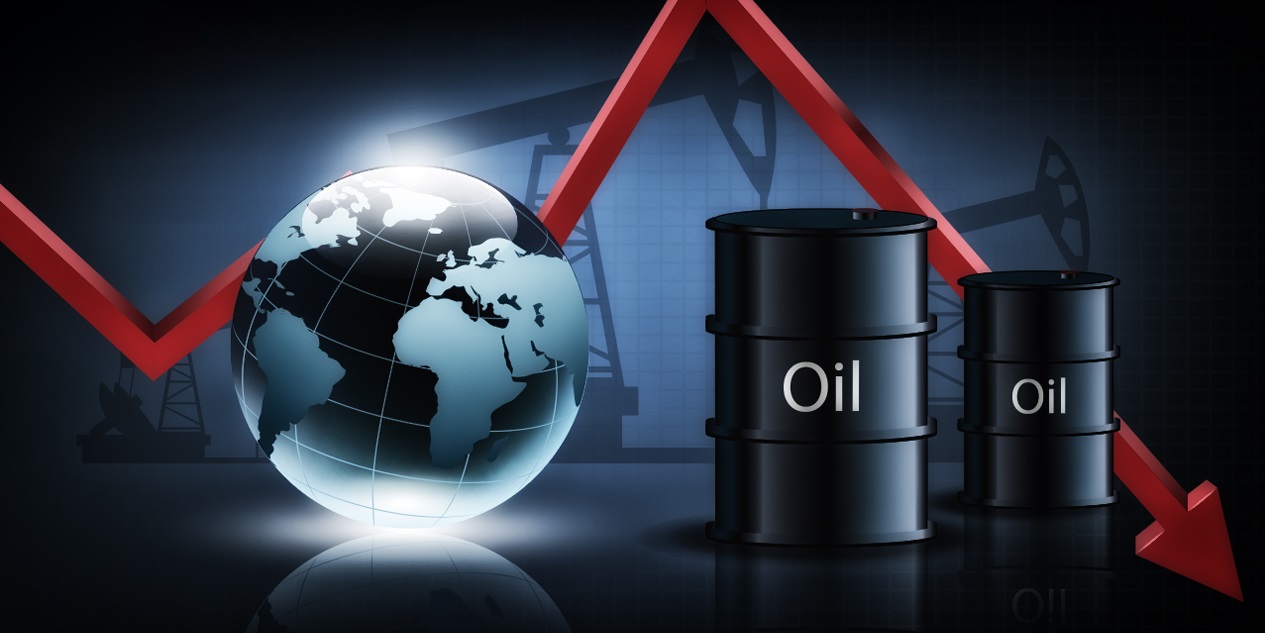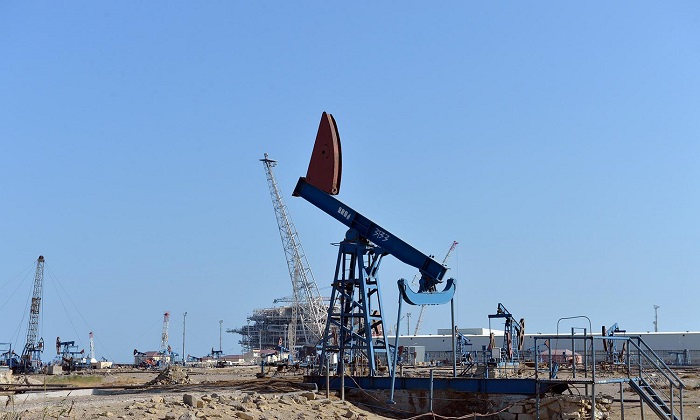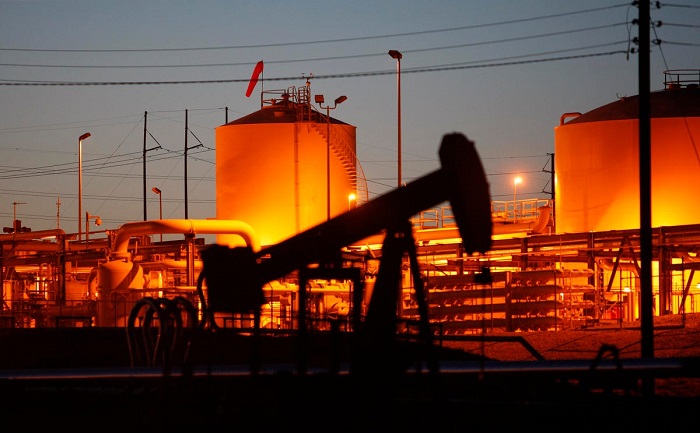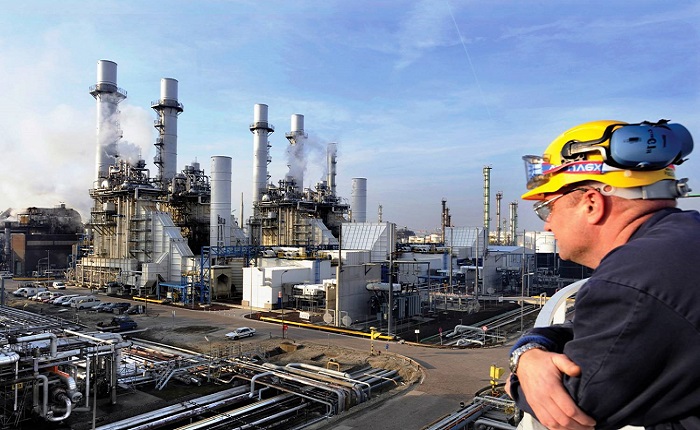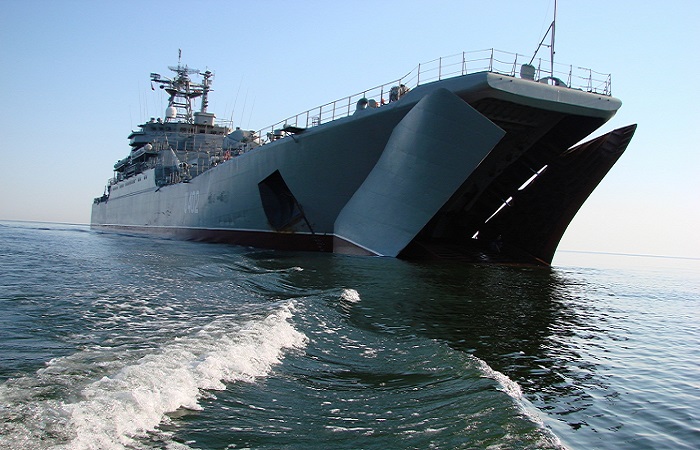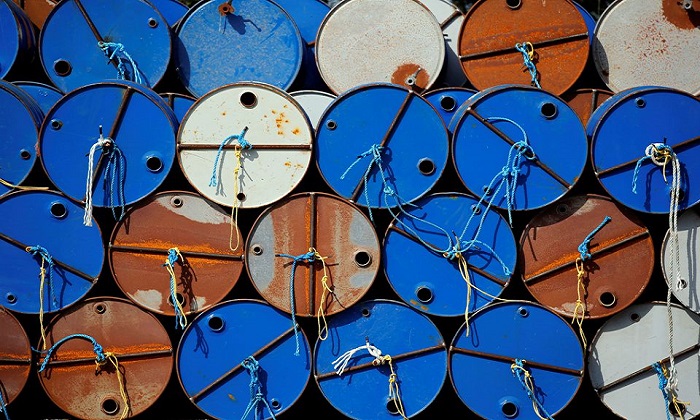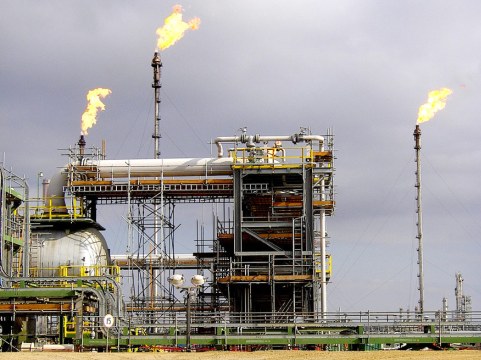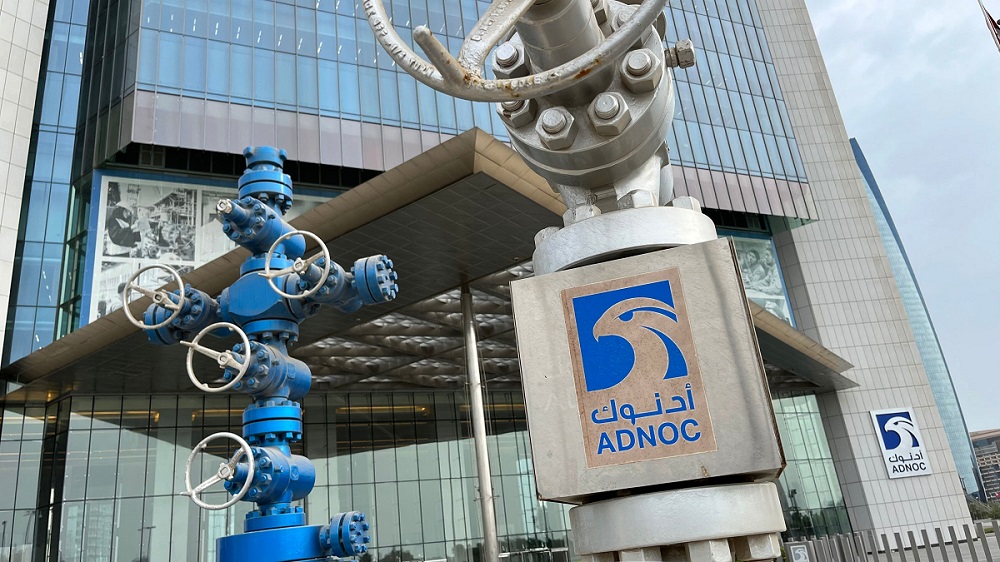2020 has been an extraordinary year for the oil and gas industry. When Rigzone asked several informed industry-watchers what they considered the biggest oil and gas trends during such a momentous year, their responses focused largely on two areas: digitalization and consolidation. Read on for their insights
Bob Benstead, Vice President, Strategic Planning with business cloud software firm Infor: One of the biggest trends I’ve seen in oil and gas in 2020 has been a reduction in operating costs through fewer full-time equivalents (FTEs) and the deferral of capital projects. Another is the growing desire for companies to take on digital initiatives hat require them to look outside of their traditional industry. This has largely been driven by industry contraction and the pressures of the pandemic to enable remote operations.
Michael Krause, data scientist with artificial intelligence (AI) firm Beyond Limits: COVID-19 jump-started the long-awaited digital transformation and AI adoption in many upstream oil and gas organizations. Many domain experts, engineers and operators have had to learn new skill sets and built trust in AI and other modern technologies in a very short period of time. Technologies such as Cognitive AI have helped to build trust because this hybrid AI approach combines machine learning techniques with encoded human knowledge to provide explainable audit trails. This level of transparency allows decision-makers to see how and why a recommendation is made, allowing them to implement remediation actions with confidence. Additionally, the remote working environment has made it challenging for senior-level workers to provide immediate guidance to junior-level workers – but the visibility and transparency provided by the audit trail allows users to better understand the outputs without having to call an expert for support, allowing for more efficient and reliable decision-making.
David Sweeney, Houston-based partner with global law firm Akin Gump Strauss Hauer & Feld LLP: Obviously, there has been a lot of retrenchment based on lower commodity prices, the lack of buyers for assets and capital markets. I think that really is just the continuation – albeit at the extreme – of a trend toward operating within cash flow and reducing debt burden that has been underway for several years. On the flip side of the coin, the lack of buyers and sudden capital constraints on an industry that was, until recently, hyper-capitalized has forced companies to do more with less to generate free cash flow, which has, in many ways, put a premium on existing scale and operational excellence. The output has really been twofold – increased restructuring/liability management and mergers and acquisitions. The former is in full swing and the latter is, I suspect, at its early stages.
Rob Albergotti, Managing Director with management consulting firm AlixPartners: 2020 was clearly a highly volatile year on the commodity pricing front for both crude and natural gas. This volatility led to a number of defensive Chapter 11 filings as producers with inadequate or no hedges were caught in a significant liquidity trap. It also accelerated the in-court restructurings of a number of E&Ps that had unsustainable capital structures but no urgent liquidity needs. The uncertainty producers faced coming out of the first quarter and throughout the second quarter due to the COVID-19 pandemic, coupled with the pricing disputes between Russia and Saudi Arabia, further curtailed producers’ access to capital – and thus accelerated the restructuring of a number of larger producers.
Another interesting aspect of 2020 was the reaction of the reserve-based lenders (RBLs) to the upstream industry’s challenges. By and large the lenders to E&P companies have exercised enormous capital discipline across all segments of the industry (upstream, midstream and services). The swift decline in prices during the first quarter was immediately met with a drop in drilling activity; however, the rebound in prices has not seen a corresponding uptick in rig counts. While activity has been slowly coming back during Q3 and Q4, it has not followed previous cycles where drilling and completion work returned with the same vigor that commodity prices did. 2020 seems to have ushered in the era of capital discipline and preservation for most players in the industry.
Vicki Knott, CEO of automated control room specialist Crux OCM: Digital transformation was a buzzword from January to March (and long before), then when COVID hit the oil and gas world paused. We saw a couple of customers put autonomous projects with us on hold. We worried that this was going to continue but instead saw quite the opposite in time. Multiple customers doubled down on their efforts and, in fact, planned more aggressive project roll-outs. We also were able to accelerate additional product offerings in our roadmap to gain efficiencies through automation as fast as possible.




